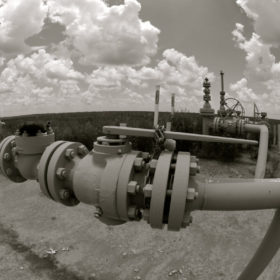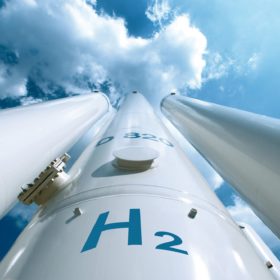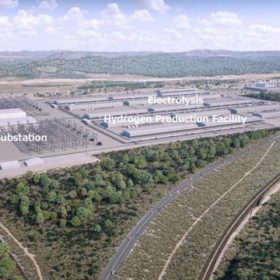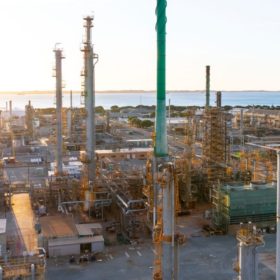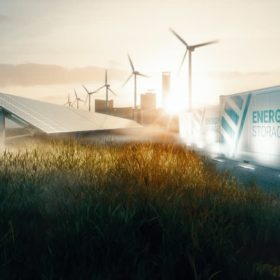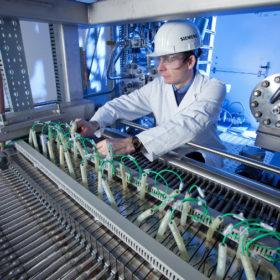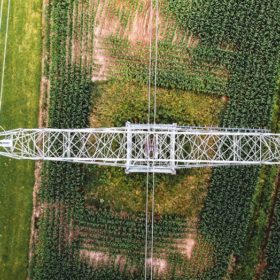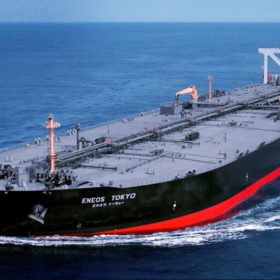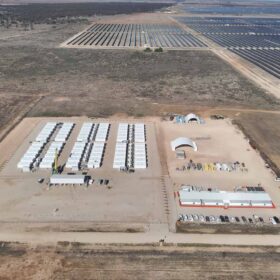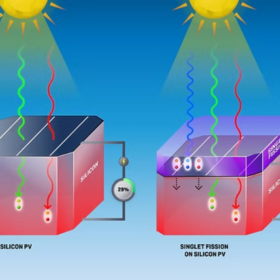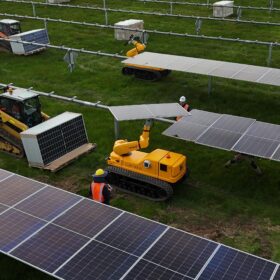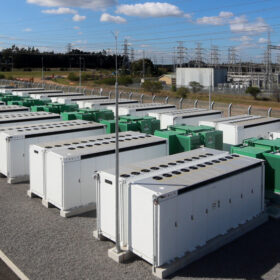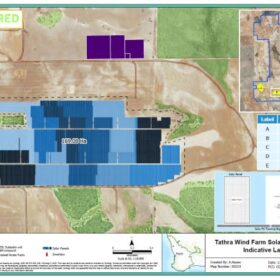Blue hydrogen and blended pipelines: the prospects of a like-for-like transition
On Monday, an Australian–Japanese consortium announced plans to potentially develop a $1 billion plus ‘low emissions’ hydrogen project in Western Australia. The announcement was preceded by a year of gas companies loudly declaring schemes to blend hydrogen into their pipelines. Clearly, many powerful Australian are putting their money on a like-for-like transition. pv magazine Australia spoke to hydrogen experts Andrew Horvath and Scott Hamilton about how they see the hydrogen wave evolving, and why a clean swap is unlikely.
How one chemical engineer is channeling Australia’s plentiful PV into hydrogen-derivative renewable fuels
Rose Amal arrived in Australia from Indonesia 38 years ago to study at UNSW. Now her leadership and research are contributing to a new sustainable economy for Australia and clean fuels for energy-hungry industries.
Australian generator teams with Japanese players on 3 GW green hydrogen project
Queensland’s ambition to become a leading producer and exporter of green hydrogen has received a boost with state government-owned electricity generator Stanwell teaming with a consortium of Australian and Japanese energy companies to commence a feasibility study for a proposed large-scale production and export project in Gladstone.
WA firms as green hydrogen frontier: McGowan’s new $50 million fund and bp’s plans to repurpose oil refinery
As part of the Western Australian government’s 2021-22 Budget, Premier Mark McGowan announced a new $50 million fund to stimulate the growth of the state’s green hydrogen industry for domestic use and exports. The fund comes on top of several ongoing initiatives and includes funding for private industry feasibility studies, including one which will see bp repurpose its Kwinana Oil Refinery into a green fuels hub.
Origin teams with Japanese energy giant on green hydrogen project
Australia’s biggest energy retailer Origin Energy will team with Japan’s largest oil refiner Eneos to explore the potential of establishing a commercial-scale green hydrogen supply chain between Australia and Japan.
Hydrogen must take centre stage at COP26
Hydrogen is likely to play a crucial role in the pursuit of energy transition over the coming years. However, the UN Climate Change Conference of the Parties (COP26) in Glasgow in November will be the acid test that determines whether involved players are now prepared to put their words into action.
Australian scientists set out to use wastewater for green hydrogen electrolysis
Australia has the sun, the wind and the space to become one of the world’s green hydrogen export superpowers in coming decades. However, the Sunburnt Country does have a dearth of one ingredient in the green hydrogen equation – freshwater. Thankfully, researchers from Monash University and a group of national water utilities are joining forces to find a way to use wastewater for the process of electrolysis.
CEFC to pursue ‘priority areas’ after year of investment firsts
The Australian government’s green bank has reaffirmed its intent to evolve beyond investing in solar and wind, expanding its focus to include green hydrogen, energy storage and transmission projects after finalising a string of investment firsts in the past 12 months.
bp study confirms Australia’s green hydrogen export potential, and calls for carbon price
A bp Australia study partially supported by the Australian Renewable Energy Agency has confirmed the technical feasibility of large-scale renewable hydrogen and ammonia production for export in Australia, particularly in Western Australia’s Mid-West. However, the development of such an industry, says bp, requires strong government policy support, including a carbon price or emissions cap.
South Australia identified as possible base for international hydrogen supply chain
Japan’s biggest oil refiner Eneos and French renewables developer Neoen have announced they will undertake a joint study looking at the potential development of an international supply chain for an affordable and stable supply of green hydrogen produced from renewable energy in South Australia.
